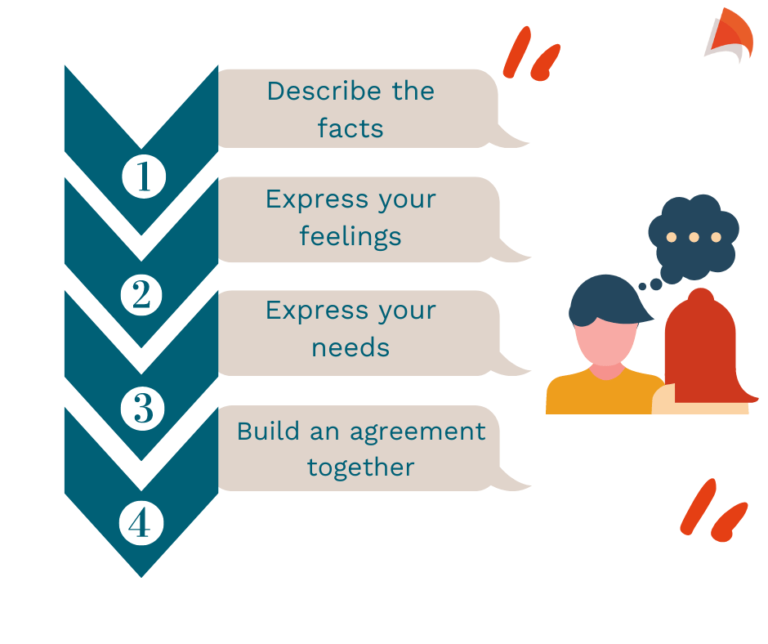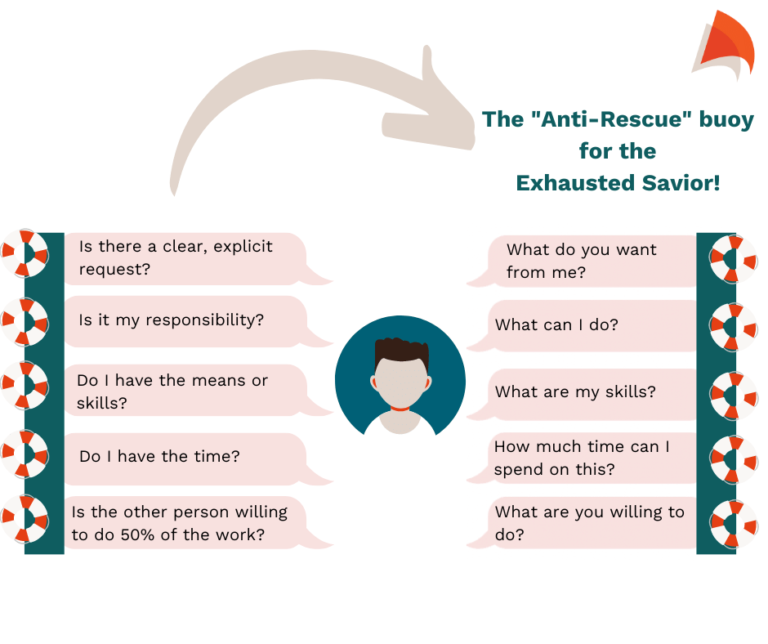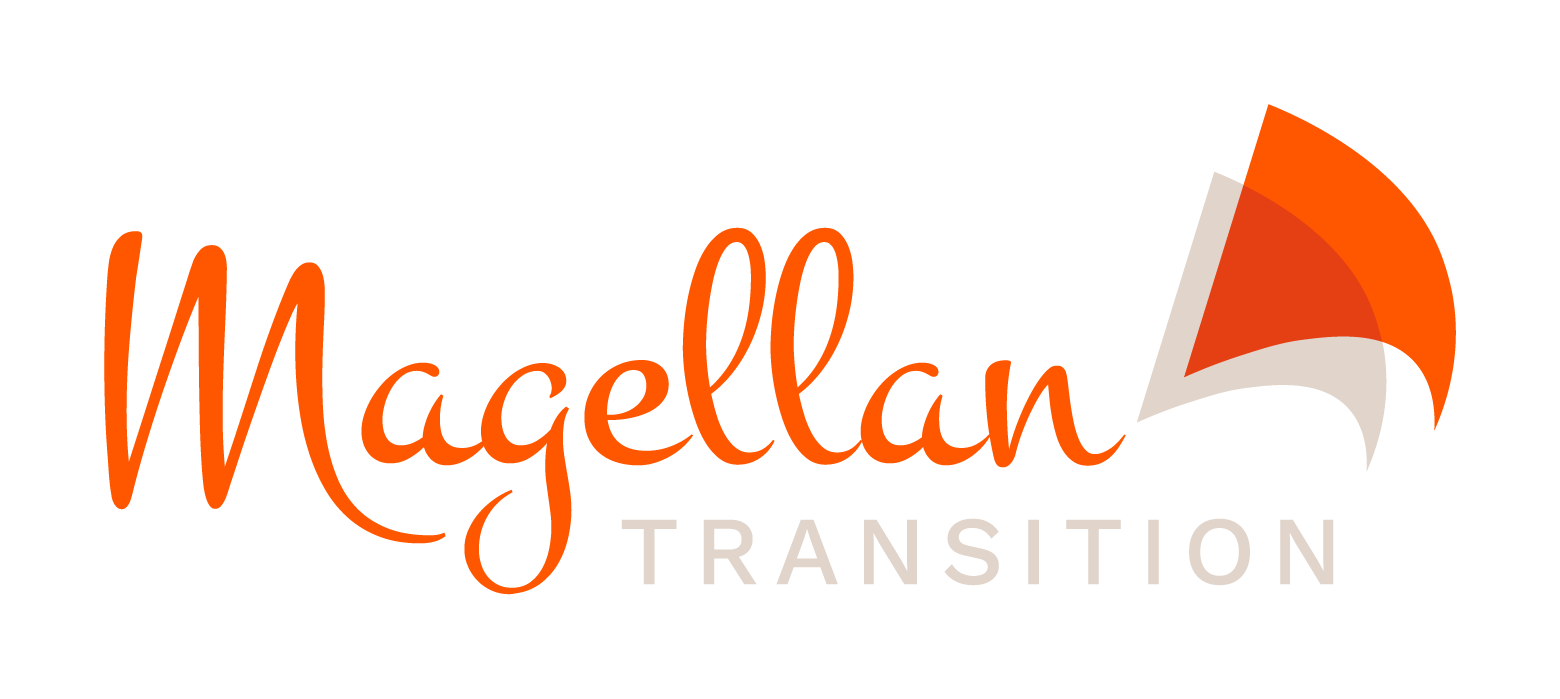Shadow coaching
Sometimes, the best way to understand the reality of a situation is to spend time observing and supporting you directly in the field. The coach then sees the situation with their own sense of perspective, in order to be able to work through it with the manager during the following sessions. This approach can highlight key elements that the manager may have had difficulty identifying, and therefore accelerate progress.
Coaching Example
Background
GOAL
Process
Results

YOUR questions
Shadow coaching differs from an ordinary coaching session in that the coach observes, without intervening, the coachee in real time, seeing how they interact with their team, their colleagues and their environment. Shadow coaching is a way of collecting unbiased information that then feeds the coaching sessions.
A session objective, a focus, is decided before observing the coachee in their work environment. The coach observes from a distance, without intervening. A debrief is organized just after and a coaching session follows in order to provide the coachee with awareness and actions to be implemented.
The greatest benefit is that the coach can observe the coachee in real time interacting with their environment and team, without having to rely on the coachee’s own narration of facts. Feedback is almost instantaneous and accelerates awareness and transformation.
Go Further

DECIDE HOW TO DECIDE
Why is making decisions so difficult?

PREPPING FOR A DIFFICULT CONVERSATION
Starting box: How do you ask someone else to change their

Stop playing the Manager-Savior
There is no text in French – should there be some
HOW DOES YOUR MANAGERS’ BAROMETER OF WELL-BEING, CONFIDENCE, MOTIVATION AND EFFICIENCY LOOK AT THE MOMENT?
Not totally balanced?
